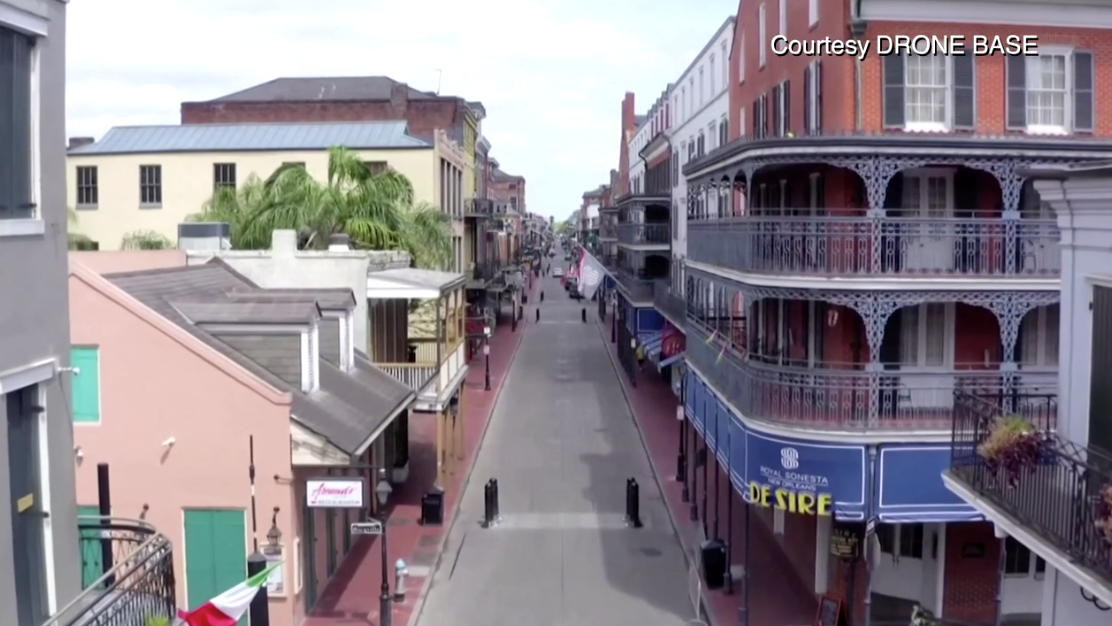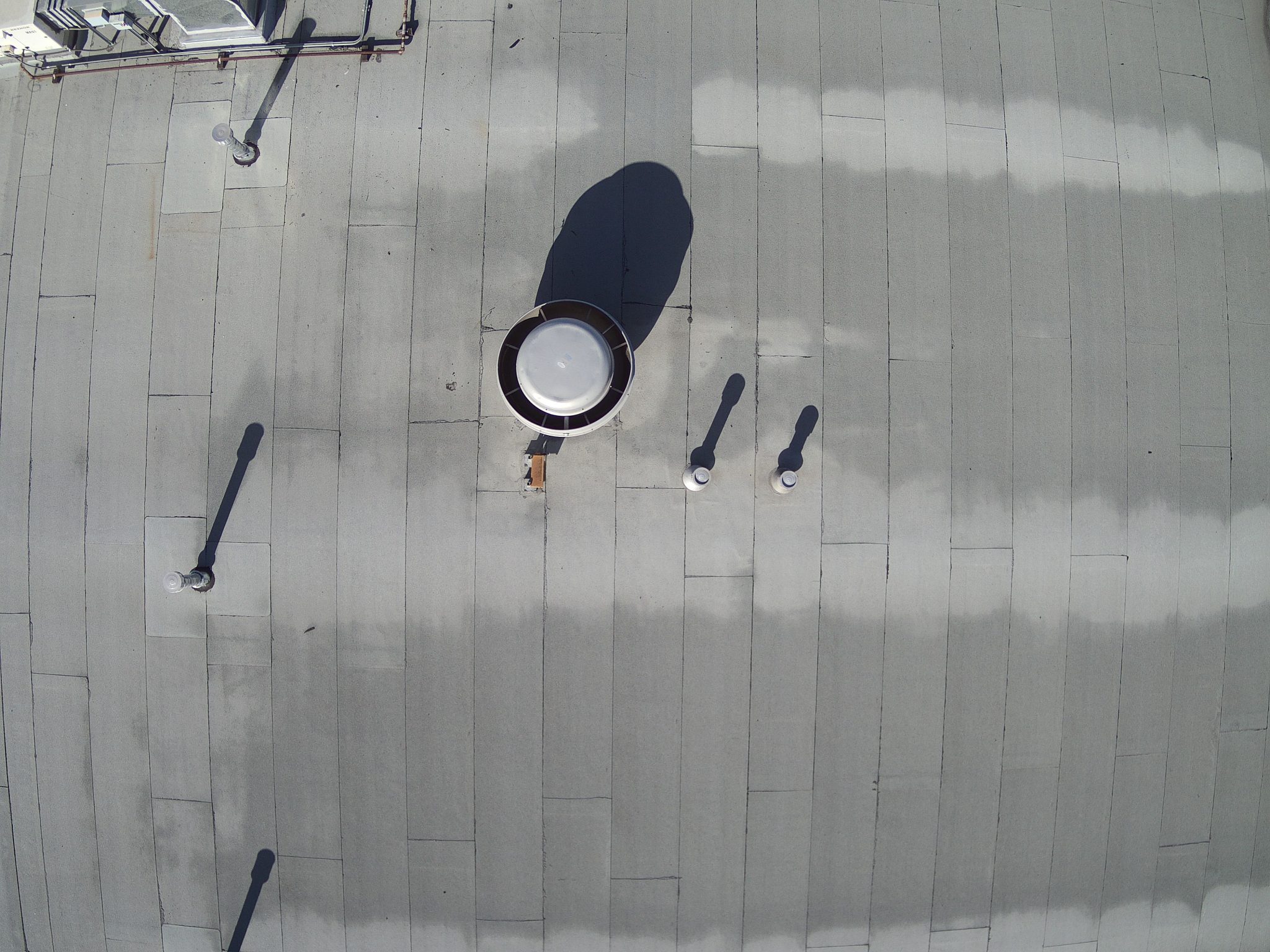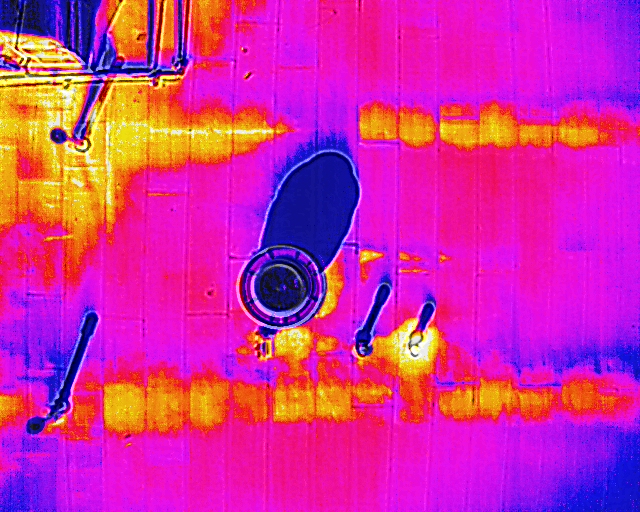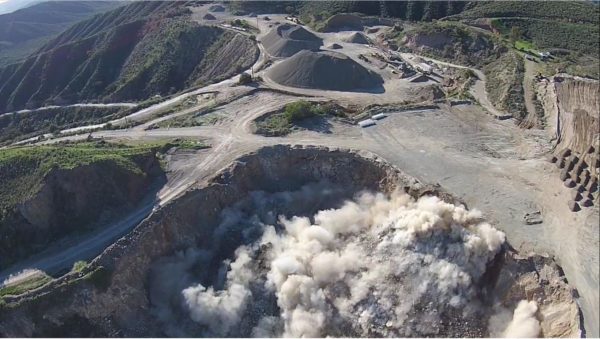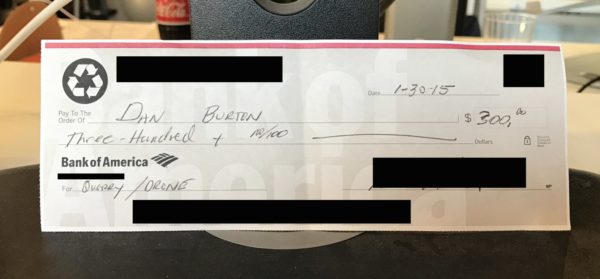I love it when companies quickly get into a market, start delivering a product or service, and then, over time iterate on their products and services to expand the market and their share of it. Contrast that with a company spending years getting something right before shipping their first product. I much prefer the ship quickly, get customers, and iterate and automate approach.
Our portfolio company Dronebase is very much using the iterate and automate playbook. As I posted about here a few months ago, they offered their first commercial drone flight in January 2015 and two years later they did their 10,000th drone flight. All during that time, they were automating much of the workflow for their customers, their pilots, and inside their operations.
Over the past ten days, they have shipped two things that demonstrate how highly automated the drone flight process has become.
On March 9th, Dronebase launched the “Enterprise API” with this blog post. I tweeted out the news:
And today, Dronebase is launching the Dronebase Pilot iOS app, which looks like this on a DJI drone:
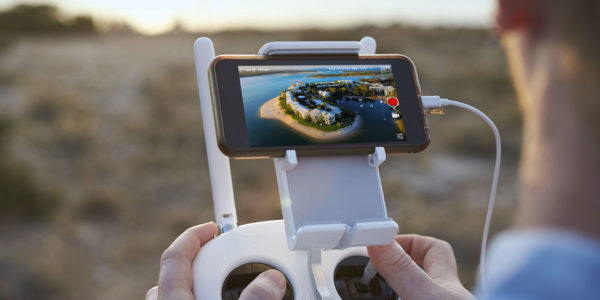
As Dronebase cofounder and CTO Eli Tamanaha explains in this post:
The app can now connect to your drone to help you fly. Similar to how you use the DJI Go app, just dock your iPhone or iPad to your drone’s controller, open the app, and launch the drone. You’ll be able to see the 1st person point-of-view from the drone’s camera, shoot photos and videos, and control settings like camera angle.
Our goal, as an engineering team, is to keep drone pilots doing what they love – flying. The more we can streamline the busy work, the administrative stuff like classifying and uploading imagery, the better.
So with the API and the Pilot app, a mission can move from an enterprise customers’ application (like an insurance company’s adjusting workflow application) to a pilot’s phone without any human being touching that mission. And the imagery can flow back from the pilot’s phone back to the enterprise application in the same way.
That’s how you automate something after you’ve figured out what the market wants and how to deliver it. Instead of building all of this stuff before launching, Dronebase starting doing missions and listening to customers and pilots and then went out and built a crack engineering team under the leadership of Eli and started automating the process in the way the market wanted it.
The result will be a much larger available market for drone imagery, or as Dronebase calls it “Air Support For Every Business”. Because if you are a large enterprise with a need for hundreds or thousands of missions, you can programmatically issue (via the API) those missions from your existing workflow and applications and you can get these missions done for somewhere between $50 and $300 per mission. That’s the power of automation and scale at work. Which will massively expand the market for what enterprises can use drones for. Which will, in turn, mean orders of magnitude more flights for drone pilots to do. A win/win for everyone.
